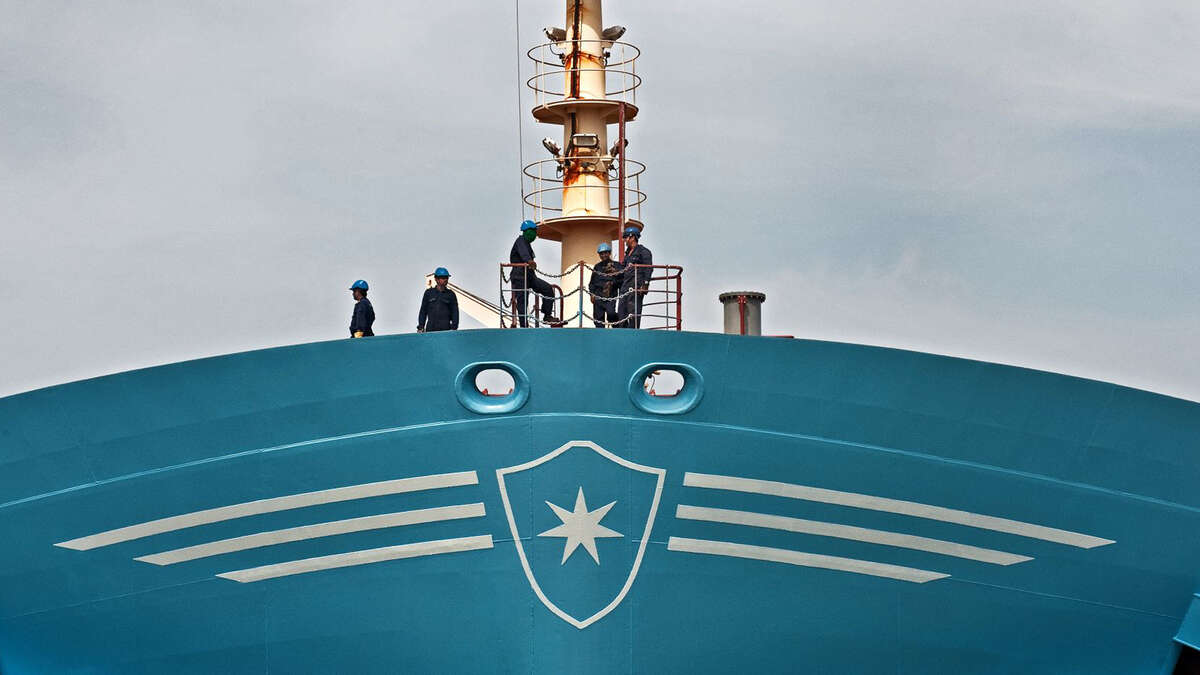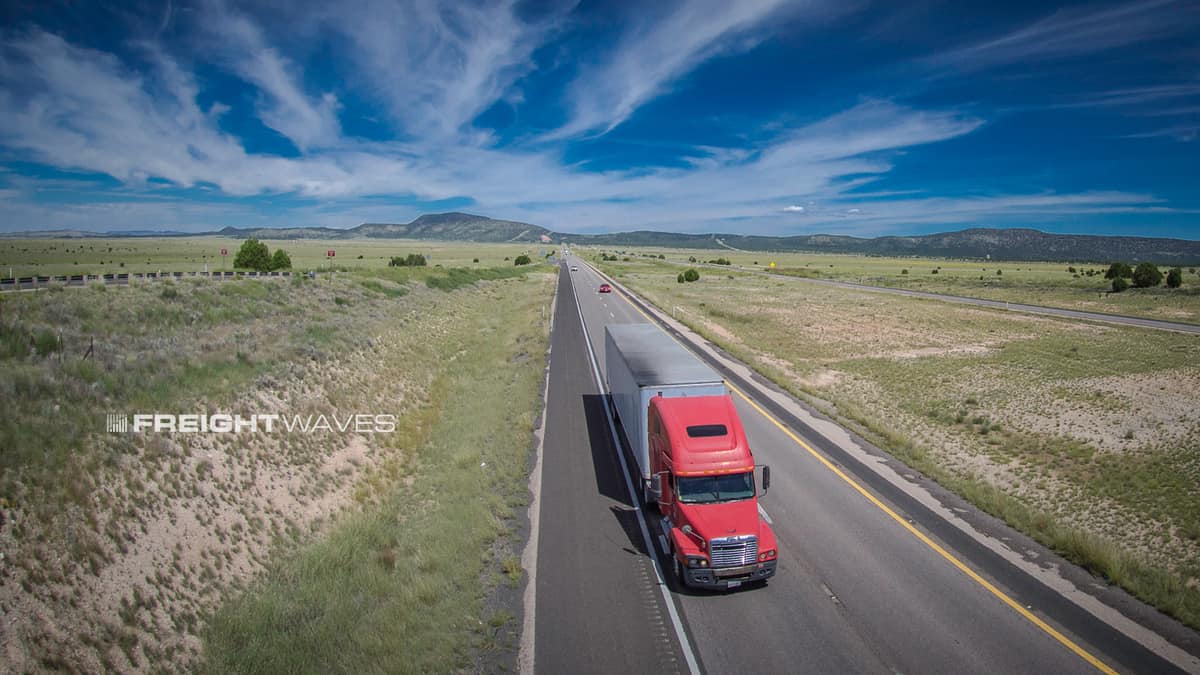
Ever since Beijing envisioned its Belt and Road Initiative (BRI) to make foreign markets more accessible to China and vice versa, it has been expanding its networks far west, including the European mainland. The Chinese juggernaut marches on, investing heavily in ports encircling the continent, partnering with East European countries to develop high-speed rail networks, and taking controlling positions in airports across the heart of Western Europe.
The BRI can be viewed as a long-cherished Chinese dream of reviving the legendary Silk Road that connected China to the Eurasian empires 2,000 years ago, by creating logistics arteries connecting China to the entirety of the world.
Today, the eastern Chinese city of Yiwu announced a new freight train route to Belgium’s Liege, dispatching a train loaded with 82 standard containers of commodities that is expected to reach Liege roughly 20 days from now. Yiwu, which is one of the world’s largest small commodities markets, plans to operate this service twice a week.
However, this is not the first freight train connection from Yiwu to Europe. Yiwu is already connected to London by rail – a freight train service that has run successfully between the two cities for over two years, carrying commodities like clothes, electronics and a variety of household items. Yiwu is also connected to Madrid via rail, which incidentally is the longest railway route in the world, moving through eight countries and nearly 13,000 kilometers (~8,100 miles).
Though there have been several reports that point to underwhelming volumes being transported by rail between China and Europe, opening up new lines is expected to attract new businesses to take up rail freight as an alternative to maritime shipping. The direct train route to Liege will decrease delivery times by at least a day or two, while cutting travel times by nearly half of what it would have been if hauled by a maritime vessel.
Once the containers land in Liege they will make their way to eHubs, owned and operated by China’s Alibaba’s logistics arm Cainiao Network, and other distribution networks. This freight train route is a joint undertaking between the city of Yiwu and Alibaba’s Electronic World Trade Platform (eWTP), with eWTP setting up a global innovation centre in Yiwu.
The idea behind eWTP is to create a platform that promotes public-private cooperation and helps small- and medium-sized enterprises (SMEs) transcend national borders and participate in global value chains. eWTP looks to create industry standards, simplify customs regulations and lower tariffs for seamless cross-border trade movement.
That said, Alibaba’s interest in connecting Belgium to China goes beyond the freight rail network. The Cainiao Network is working with the Liege airport to build a smart logistics hub on its footprint, which will be ready to function by 2021. Alibaba has stuck by its mission to be a bridge between China and the world, with an aim to import $200 billion of goods from around the world into China over the next five years.
Yiwu is a city in the Zhejiang province of China – colloquially called the Silicon Valley of China – and a major region for electronic goods production, making it vital for the province to be well connected to the outside world through different transport modes.
Yiwu is home to over 15,000 foreign companies hailing from over 100 countries and attracts over 400,000 foreigners every year who come to do business in the city. Yiwu accounts for 40% of cross-border volume hauled by the Cainiao Network, which is hardly surprising considering that its parent company Alibaba has its headquarters in Hangzhou, about 100 miles north of Yiwu.



















